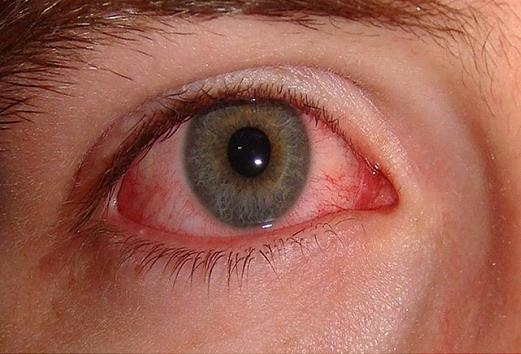Kawasaki Disease Symptoms, Causes, Diagnosis and Treatment

What Is Kawasaki Disease?
It is an illness in which the walls of the medium-sized arteries become inflamed. It also affects the coronary artery, which transports the blood to our heart, mouth, lymph nodes and skin. Although this disease can be cured easily but if left untreated, it may turn life-threatening. It must be noted that the Korean and Japanese children are not the only ones to suffer from Kawasaki disease.
What Are The Symptoms Of Kawasaki Disease?
The symptoms of Kawasaki disease are divided into three phases. In the first phase, the victim
suffers from a fever often followed by:
Immediately after the first phase ends, usually two weeks, the skin starts to peel in large pieces. This is when the second phase starts. The phase may be followed by vomiting, diarrhea and joint pain. Finally, the third phase may show the symptoms fade away or create complications. The latter is usually the case if treatment is not done on time.
What Causes Kawasaki Disease?
The actual cause of Kawasaki disease is yet to be discovered. Since it is an autoimmune disease, scientists believe genetic and environmental factors including viruses and bacteria to trigger the immune system turn against the body itself. A reliable theory suggests that Kawasaki disease is not contagious.
What Are The Complications Of Kawasaki Disease?
Complications do show up in very few cases. These include:
- Heart valve problems.
- Inflammation of heart muscle and blood vessel, specially the coronary artery.
- Abnormal heart rhythm.
How Is Kawasaki Disease Diagnosed?
Although it is nearly impossible to accurately diagnose Kawasaki disease directly, doctors and experts suggest tests in order to eliminate the doubts of other diseases with similar symptoms. Measles, rheumatoid arthritis and scarlet fever are some diseases that roots similar symptoms.
In order to get a clearer picture of Kawasaki disease, the doctor may suggest:
- Blood tests.
- Urine tests.
- Echocardiogram and electrocardiogram.
How Is Kawasaki Disease Treated?
Fortunately, the treatment of Kawasaki disease is readily available and it has prevented a large number of individuals from facing severe complications. However, it is necessary to treat the disease as soon as the symptoms start to show up. In the initial stage of fever, doctors might recommend gamma globulin to reduce the risk of coronary artery problem and aspirin to reduce pain and inflammation. If, in rare cases, the disease leads to heart problems, the following may be required:
- Stent placement.
- Coronary artery bypass graft.
- Anticoagulant drugs.
How To Prevent Kawasaki Disease?
Just as the cause of Kawasaki disease is unknown, the prevention is also nearly impossible. However, approximately 1% of the children tend to suffer from Kawasaki disease second time. Therefore, prompt diagnose and treatment is the best choice.
By : Natural Health News




